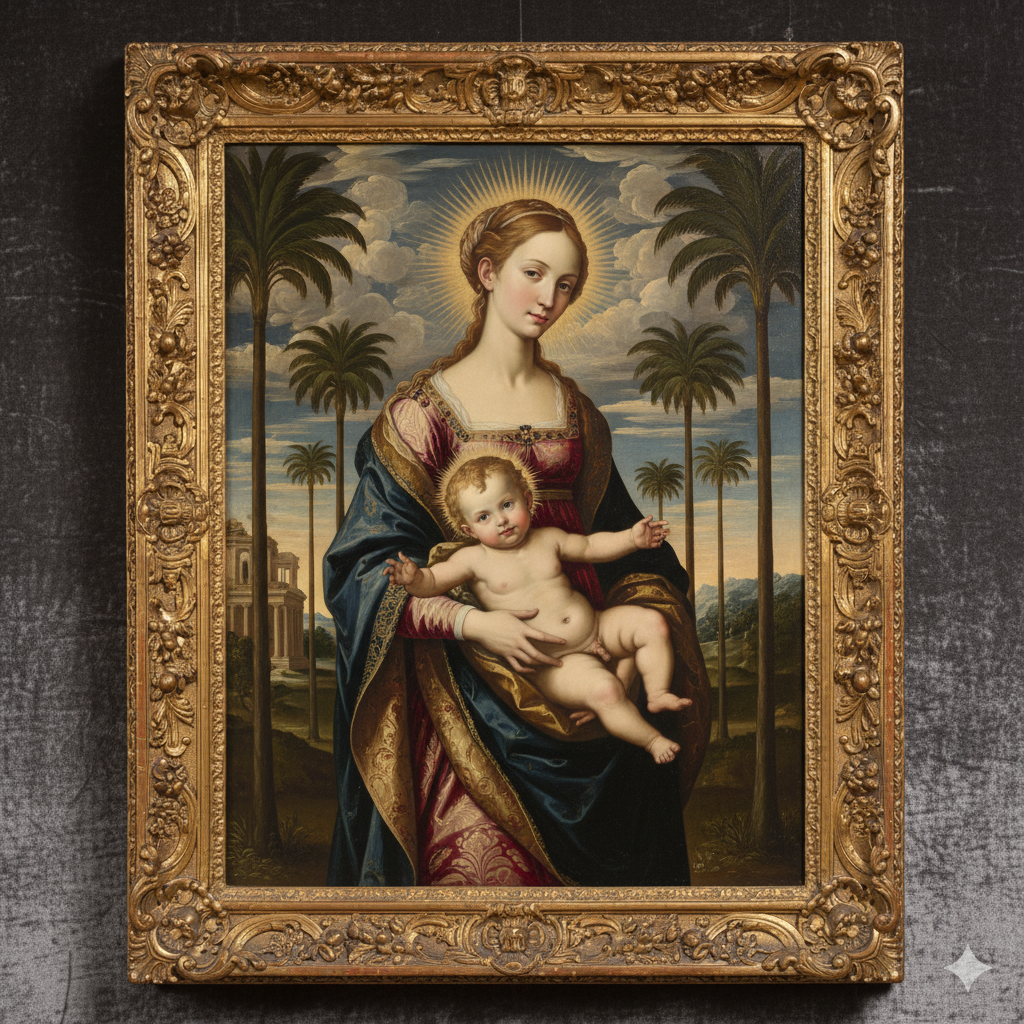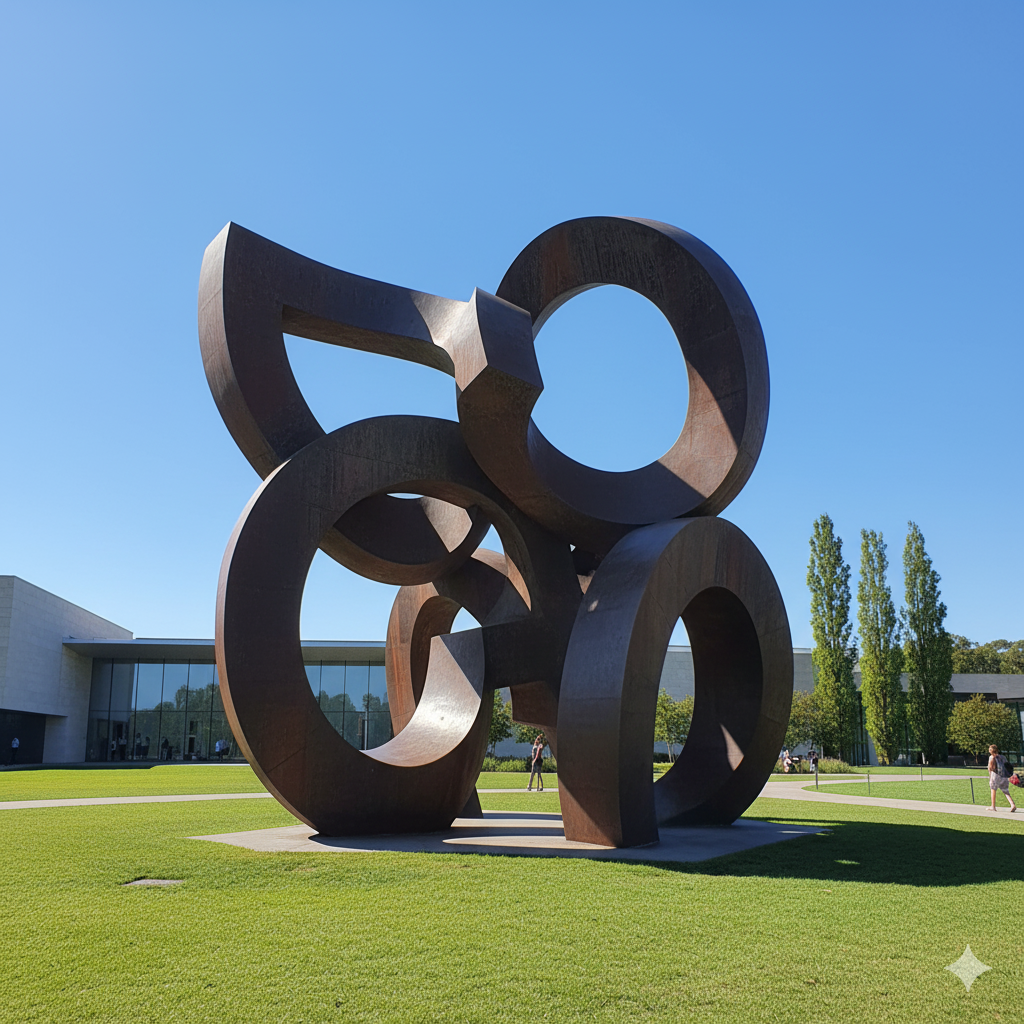






The valuation concepts of Fair Market Value and Replacement Value can be confusing: how can the same object have two different appraised values? The answer depends on why someone needs an appraisal. An appraiser uses this information from their client to determine which concept of value to apply to make sure the appraisal meets the client’s need.
Fair Market Value (FMV) is the price that property would sell for on the open market. It assumes that there is a willing buyer and a willing seller, with neither being required to act, and with both parties having reasonable knowledge of the relevant facts. FMV is most typically used for estate tax, gift tax, and charitable contributions.
Replacement Value is the amount it would cost to replace an item with one of similar qualities, purchased in the most appropriate marketplace, within a reasonable amount of time. Replacement value includes the costs of acquiring or replicating the property and all the relevant costs associated with replacement. The International Society of Appraiser’s Core Course adds, “Since replacement value is based on the client’s shopping habits and/or the markets they utilize, it is composed of the estimated cost to purchase (replacement cost new or replacement cost comparable), produce, or reproduce a suitable replacement.” Replacement Value is typically used for insurance purposes.
An appraiser considers works of art that have sold that are similar to the work being appraised for FMV and Replacement Value. Ideally, a work by the same artist of similar size, date, subject, condition, ownership and exhibition and publication history will have sold just before the valuation date. But, that rarely happens. This is why appraisers are handy: we examine comparables of similar sold items or ones currently for sale to determine value.
Appraisers look for comparables within the most appropriate market. For FMV, that market is typically the auction market or completed sales from dealers. For Replacement Value, the market is going to lean towards current offerings in the marketplace since an insured party who suffered a loss would likely not be able to wait for a replacement property to appear at auction.

Let’s put this concept into action: what if an appraiser is presented with an oil on panel painting, broadly categorized as 17th century Italian Renaissance of Madonna and Child. Because Old Master paintings are unique, an appraiser is unlikely to find a direct comparable, so an appraiser will consider works that are similar that have sold recently. Some works will be more expensive than others, and the appraiser’s job is to sort out the sales and find the most similar. To determine the Replacement Value an appraiser will work with dealers that regularly sell Old Master works to determine the retail price of similar works. For FMV, the appraiser will look towards examples with similar value characteristics that have sold at auctions within the past few years.
What if the work is actually a 19th century copy of an original 17th century painting? Then an appraiser will compare it against other later copies of the original work since the age of the painting is an essential value characteristics. Something else to consider is whether or not the frame is included in the value, which depends on the specific circumstances of the valuation.

Image: Google Gemini created this woodblock print in the style of German Expressionist artist Karl Schmidt-Rottluff. Editioned prints allow for close comparables.
Switching gears: let’s say an appraiser is asked to value a 1920s German Expressionist woodblock print that was produced in an edition of 50, with each signed and numbered by the artist. For FMV, appraisers typically look to auction results while for Replacement Value, appraisers will consider works that are being offered on the retail market.
The ideal comparable would be another impression from the same edition that is in the same condition. Less ideal would be an example of another print from the artist of a similar physical size, edition size, subject, era and condition. What if no other works by the artist have come to the market or are currently on offer: then an appraiser needs to consider prints by similar artists of the period.

What about a large outdoor sculpture that was custom-ordered by a client for their backyard by an artist with a solid local reputation? This is where things get tricky. The appraiser is going to consider other large, outdoor abstract sculptures that have sold to determine FMV while for replacement value, an appraiser may have to work with the artist, the artist’s dealer and the artist’s fabricator that helps create the sculpture to determine how much the cost would be to replace it. This might include additional costs such as shipping the sculpture from the fabricator to the site, and installation costs.
The end result is that FMV is typically less than replacement value. Think about the sculpture that was custom-ordered for the client’s home in that much like a car, the fair market value was highest at the point of sale. For a local artist without a national reputation, the resale value of the sculpture – which is considered in FMV – will often be less than the client paid.
Alternatively, when considering the Replacement Value for insurance, the cost to fabricate another with the artist – if that is even possible – will be considered and the fact that there is a modest resale market is less relevant.
No two appraisal projects are the same, which is one of many reasons why appraisers rely on their education and experience to meet client needs and make sure that the appraisal uses the right type of value.
Steve Roach is a nationally respected fine art and rare coin appraiser with offices in Washington, D.C./Baltimore and New York City. A Certified Member of the International Society of Appraisers (ISA) and an AQB-Certified USPAP Instructor, Steve brings over 20 years of experience and deep market expertise to each assignment.
He served nearly a decade as a senior art appraiser for the Internal Revenue Service, where he evaluated more than 3,000 works of art and cultural property with an appraised value exceeding $1.2 billion for federal estate, gift, income, and charitable contribution tax matters. Steve has worked with Christie's, Heritage, has lectured at Sotheby's, the FBI, U.S. Department of State, was a coin grader at PCGS, ANACS and taught coin grading and authentication for the American Numismatic Association.
Steve is also a former editor-in-chief of Coin World, and a leading voice in the rare coin field. His market insights have been featured in The New York Times, Wall Street Journal, BBC, Smithsonian Magazine, BusinessWeek, and NPR. He has worked with many institutions including the Frick Collection, the British Museum, the U.S. Mint, and the Smithsonian Institution.
With a dual background in art history and law, Steve offers a unique blend of aesthetic insight and legal-academic rigor. He provides tailored services to private collectors, attorneys, institutions, and fiduciaries—offering appraisals, expert witness testimony, and strategic guidance on acquisitions, sales, and risk management.
Whether you're building a legacy collection, settling an estate, or need trusted valuation for litigation, tax, or insurance purposes, Steve delivers clear, defensible appraisals and market-driven advice rooted in integrity, scholarship, and discretion.




